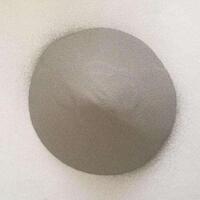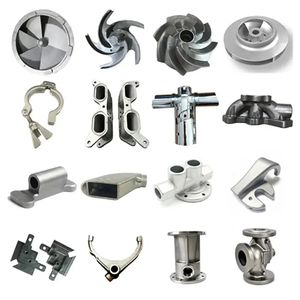**Squishy, Stretchy, Superfun: The Wonders of 3D Printing That Feels Like Rubber**
(What 3d Material Prints Like Rubber)
Imagine pressing a button and watching a 3D printer create something that bends like a rubber band, squishes like a stress ball, or even bounces like a sneaker sole. This isn’t science fiction—it’s happening right now. Let’s dive into the world of rubber-like 3D printing materials and see how they’re changing the game.
First, not all 3D printing is hard plastic. Some materials mimic rubber perfectly. These flexible filaments and resins let you make objects that twist, compress, or absorb shocks. Think phone cases that survive drops, custom grips for tools, or even prosthetics that move with the body. The secret lies in the materials themselves.
One popular option is TPU, or thermoplastic polyurethane. TPU is tough but stretchy. It’s like the gymnast of 3D printing—flexible enough to bend, strong enough to hold its shape. Print a TPU phone case, and you can toss it across the room without a scratch. Another material, TPE (thermoplastic elastomer), is even softer. It feels almost like silicone, perfect for things like shoe insoles or squishy toy parts.
Then there’s flexible resin, used in SLA or DLP printers. This stuff cures under UV light into rubber-like parts with smooth surfaces. Dentists use it for mouthguards. Engineers use it for seals and gaskets. Artists? They make squishy sculptures that defy expectations.
But printing rubber-like materials isn’t as simple as hitting “start.” These materials need slower print speeds. Too fast, and the layers won’t stick. Too hot, and the filament turns stringy. Printers need precise settings, like a chef adjusting oven temps for the perfect cake. Direct-drive extruders work better than Bowden setups because they push flexible filaments smoothly, without tangling.
Design matters too. Rubber-like prints need thicker walls to stay durable. Hinges or living joints require careful spacing—too tight, they won’t move; too loose, they’ll snap. Test prints are key. One maker spent weeks perfecting a custom watch strap, tweaking the design millimeter by millimeter until it fit like a glove.
Now, where is this tech headed? Customization is king. Imagine printing shoes tailored to your foot’s shape, with midsoles that adapt to your gait. Or medical devices that flex with skin, like breathable wound dressings. Even robotics benefits—soft grippers made with rubber-like materials can pick up delicate objects without crushing them.
Some companies are mixing flexibility with other traits. Conductive TPU lets you print stretchy circuits for wearable tech. Magnetic rubber filaments open doors for DIY robotics. The possibilities keep growing as materials evolve.
Of course, challenges remain. Rubber-like filaments cost more than standard PLA. Printing errors waste time and material. Not all printers handle flexible stuff well. But as demand rises, prices drop, and machines adapt. Hobbyists swap tips online, businesses invest in R&D, and the tech improves every year.
(What 3d Material Prints Like Rubber)
So next time you see a 3D printer, remember—it’s not just for rigid trinkets. With the right material, it can make things that bend, bounce, and stretch the imagination. Whether you’re prototyping a product or crafting something fun, rubber-like 3D printing turns “what if” into “what’s next.”
Inquiry us
if you want to want to know more, please feel free to contact us. (nanotrun@yahoo.com)

